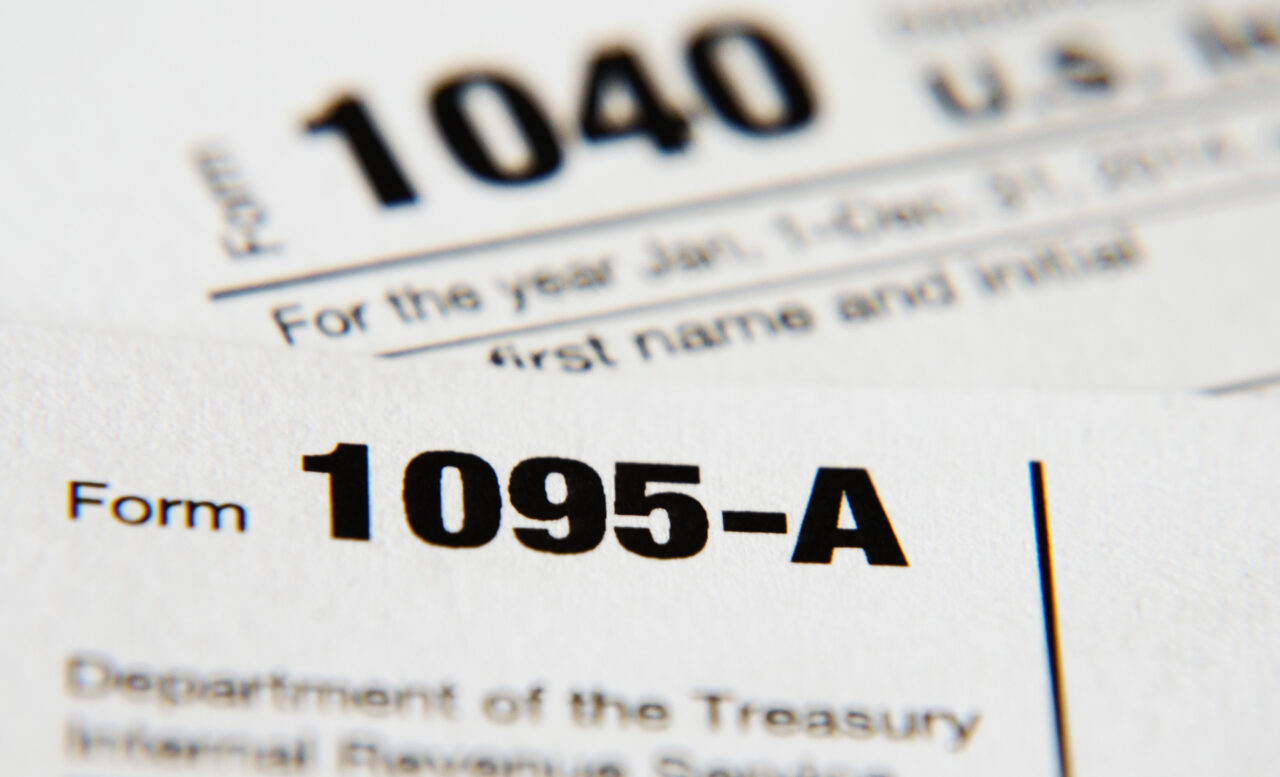 By Catherine Lightfoot, CPA, CHBC, Director of Healthcare at EEPB
By Catherine Lightfoot, CPA, CHBC, Director of Healthcare at EEPB
SBA loans, EIDL grants, PPP loans and telehealth are some of the many new programs provided by the CARES Act. The continuous updates to change and alter the understanding of these programs have provided a fair degree of stress. In this turmoil, it could have been easy to miss some other provisions of the CARES Act that might be very important to your tax situation. Since many are using the delayed deadline of July 15th to finish 2019 taxes and pay the 1st and 2nd quarter payments for 2020 taxes, these tax provisions need to be considered now.
Qualified Improvement Property
Warning: Undefined variable $posClass in /home1/mjhnewsc/public_html/wp-content/plugins/ap-plugin-scripteo/lib/functions.php on line 1078
The bill finally provides the technical corrections regarding qualified improvement property under Sec. 168 by making it 15 year property. Qualified Improvement Property is an upgrade to a building without increasing the floor size. Prior to this correction, they were left to be depreciated over 39 years and were not eligible for the prized bonus depreciation. The technical correction to identify Qualified Improvement Property as a 15 year life makes it eligible for a 100% bonus depreciation expense.
Warning: Undefined variable $posClass in /home1/mjhnewsc/public_html/wp-content/plugins/ap-plugin-scripteo/lib/functions.php on line 1078
This adjustment is available all the way back to 2018, allowing the taxpayer to file an amended return to claim the higher deduction. The IRS has supplied taxpayers with several different mechanisms to claim bonus depreciation on previously filed 2018 ( and 2019 if you have already filed) returns. You should discuss these options with your tax adviser to see which is best for your situation.


Net Operating Losses
Warning: Undefined variable $posClass in /home1/mjhnewsc/public_html/wp-content/plugins/ap-plugin-scripteo/lib/functions.php on line 1078
Net operating losses (NOL)are back in full force. The prior Tax Cuts and Jobs Act had limited the NOL deduction to 80% of taxable income and eliminated the option to carry a loss back to claim a refund of taxes. The CARES Act takes away the limitation and allows losses arising in 2018, 2019 and 2020 a five-year carryback. This allows taxpayers an immediate option to claim refunds for losses.
Normally the deadline to file for a quick carryback refund is yearend. However, for 2018, this has been extended to June 30th to file Forms 1139(for corporations) and Form 1045 (for individuals). These forms allow for quick refunds rather than going through the normal amended return process. Taxpayers can always elect to forgo the carryback.
Excess Loss Limitations
The bill repeals the Sec 461 (l) excess loss limitation. This section was just added in late 2017 by the Tax Cuts and Jobs Act. Sec 461 limited business losses for individuals in excess of $250,000 ($500,000 for married taxpayers filing jointly). Now those losses can be taken in full.
Taxpayers who recently put in major improvements could possibly benefit from all three of the above changes. These revisions allow taxpayers to recognize immediate tax benefits for what they have spent, without a Sec 461 limitation and the availability of a carryback to claim a refund. The tax benefit would have eventually been recognized in the future. The updates provided by the CARES Act accelerates much of that benefit.
Retirement Plans
The bill temporarily suspends the required minimum distribution rules for 2020. The bill also delays the due date for 2020 minimum required contributions for single employer plans to January 1, 2021. Interest will be due on any delayed contributions.
Taxpayers can take up to $100,000 in coronavirus-related distributions from retirement plans without being subject to the 10% early withdrawal penalty. Eligible distributions can be taken up to December 31, 2020. Any resulting income inclusion can be taken over three years. Normally, the income is taxable in the year it is distributed. The taxpayer is also allowed to pay back the distribution over three years tax free.


An eligible taxpayer is one who either themselves or a spouse or dependent has been diagnosed with COVID-19. An eligible taxpayer is also one who experiences adverse financial consequences from being quarantined, furloughed, or laid off, or who has had his or her work hours reduced, or who is unable to work due to lack of childcare.
Employee Retention Credit
The bill creates an employee retention credit for employers who either fully or partially closed due to the pandemic or experienced a significant decline in gross receipts during the calendar quarter. This Employee Retention Credit applies to qualified wags paid after March 12, 2020 and before January 1, 2021. The maximum amount of qualified wages taken into account for each employee is $10,000 for all calendar quarters. The credit available is 50% of these qualified wages. The applicable wages and claimed credits will be reported on the taxpayer’s quarterly filing on Form 941. The IRS did not have the Form 941 adjusted for first quarter reporting. Therefore, the credits available from the first quarter will be reported on the second quarter Form 941 that is due July 31st.
As of this writing a taxpayer could NOT use the Employee Retention Credit if they had also received a PPP loan. Since there are a number of taxpayers who did not receive a PPP loan, they should review the possibility of utilizing this credit. Definitions and updates are posted at irs.gov under FAQs: Employee Retention Credit under the Cares Act.
These provisions are very favorable to the taxpayer. Many of the adjustments applied to the 2019 year or before. This allows for the opportunity for immediate benefits to taxpayers who were given an extra three months to file their returns and pay their taxes.


